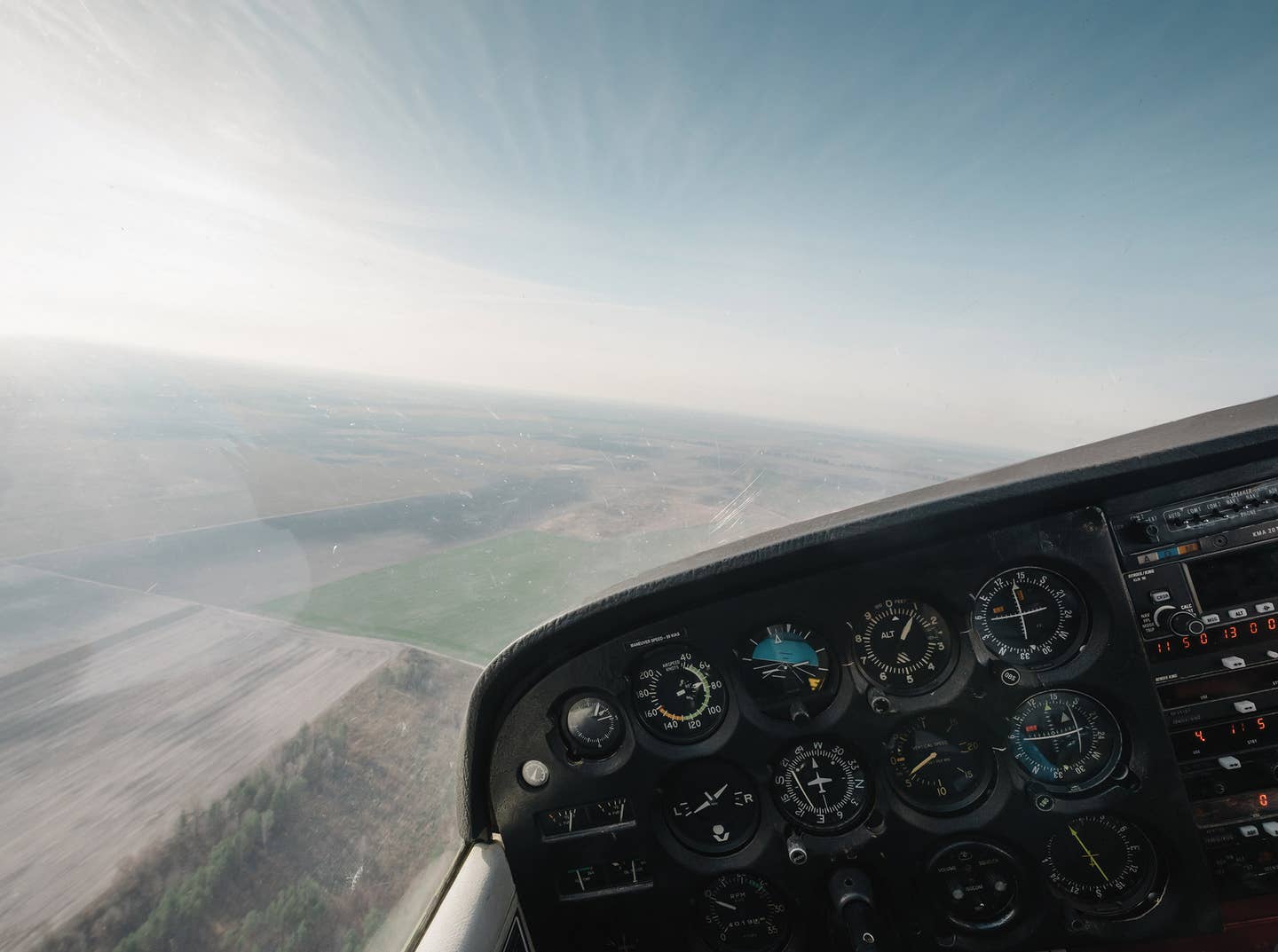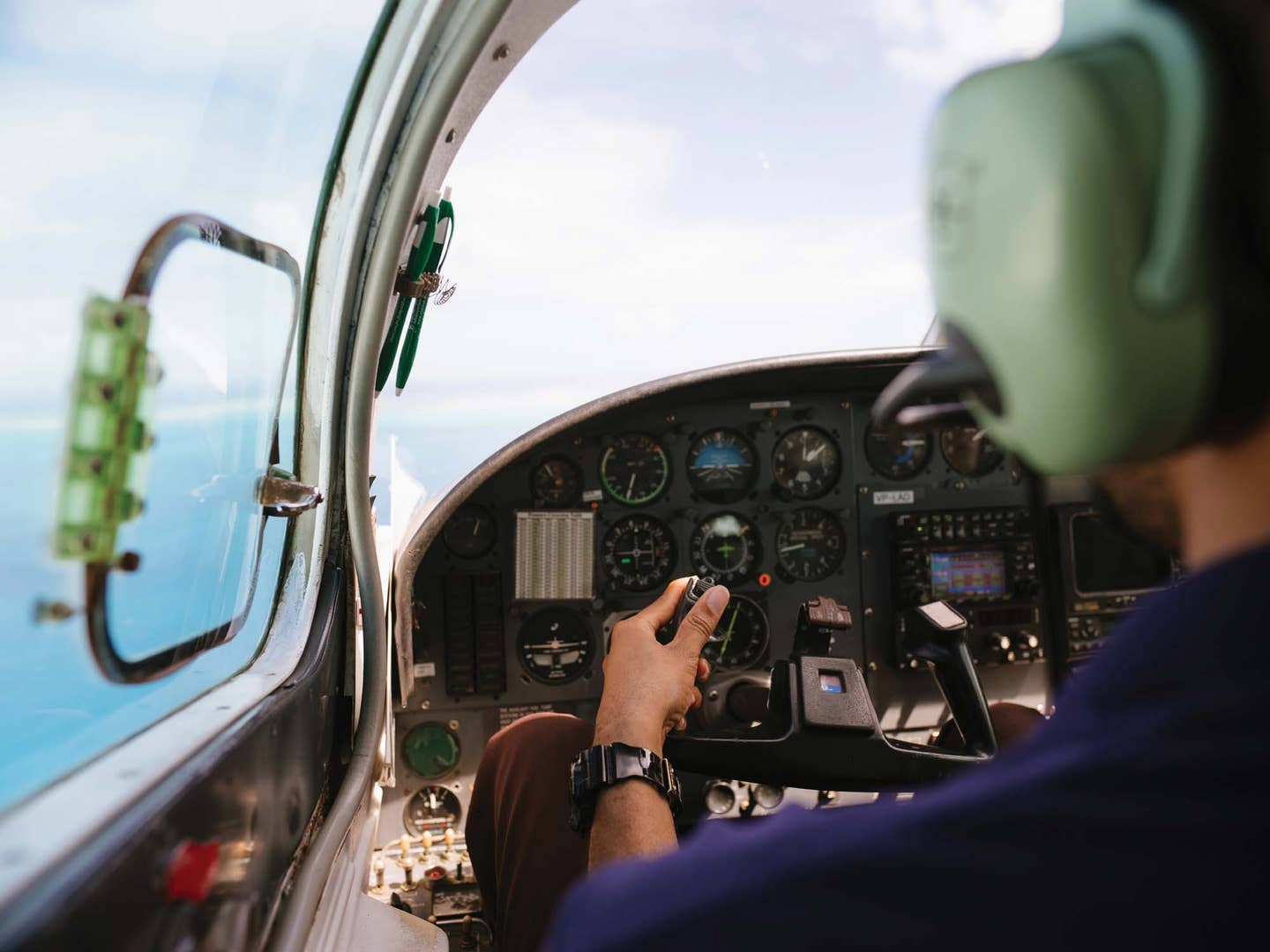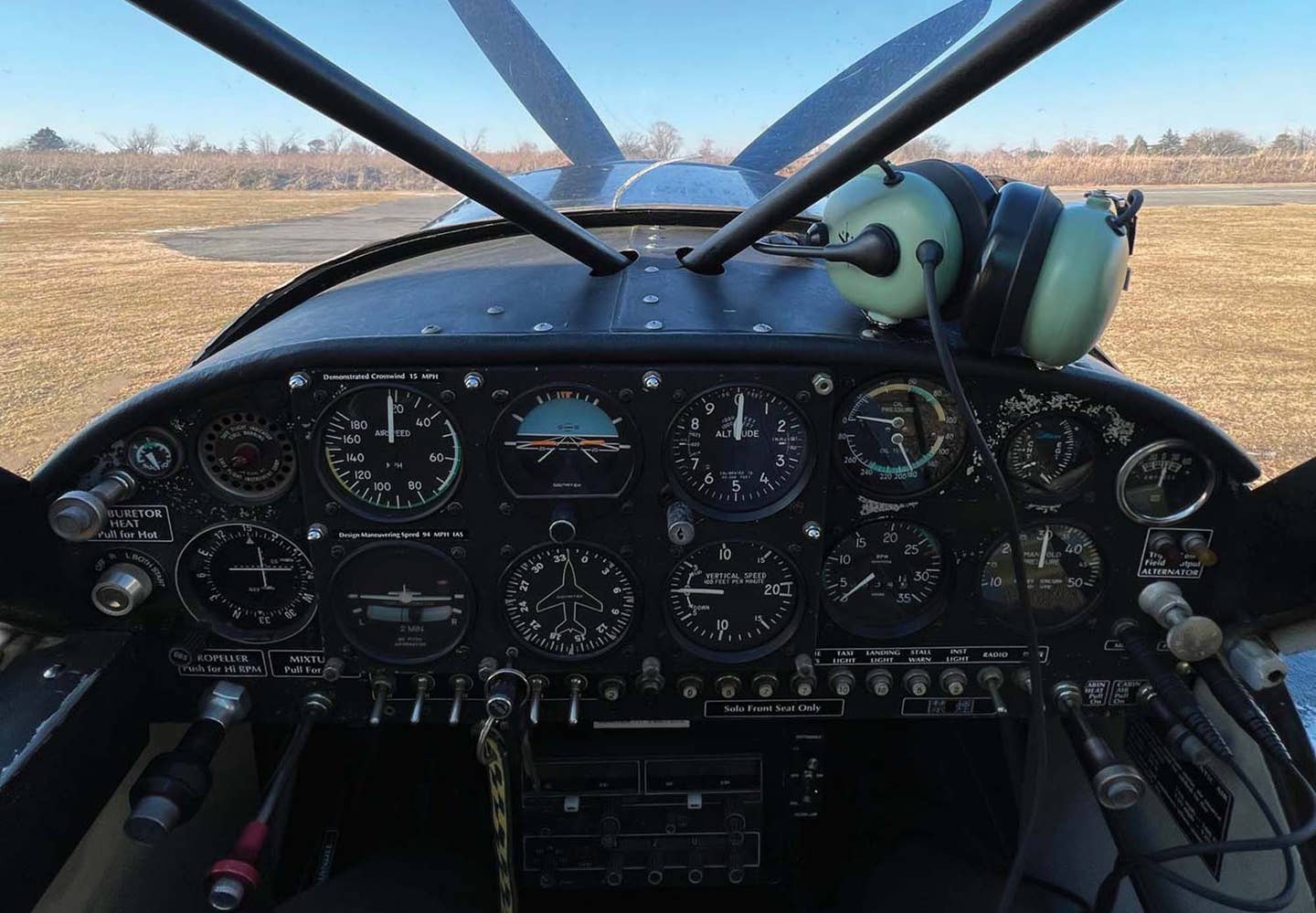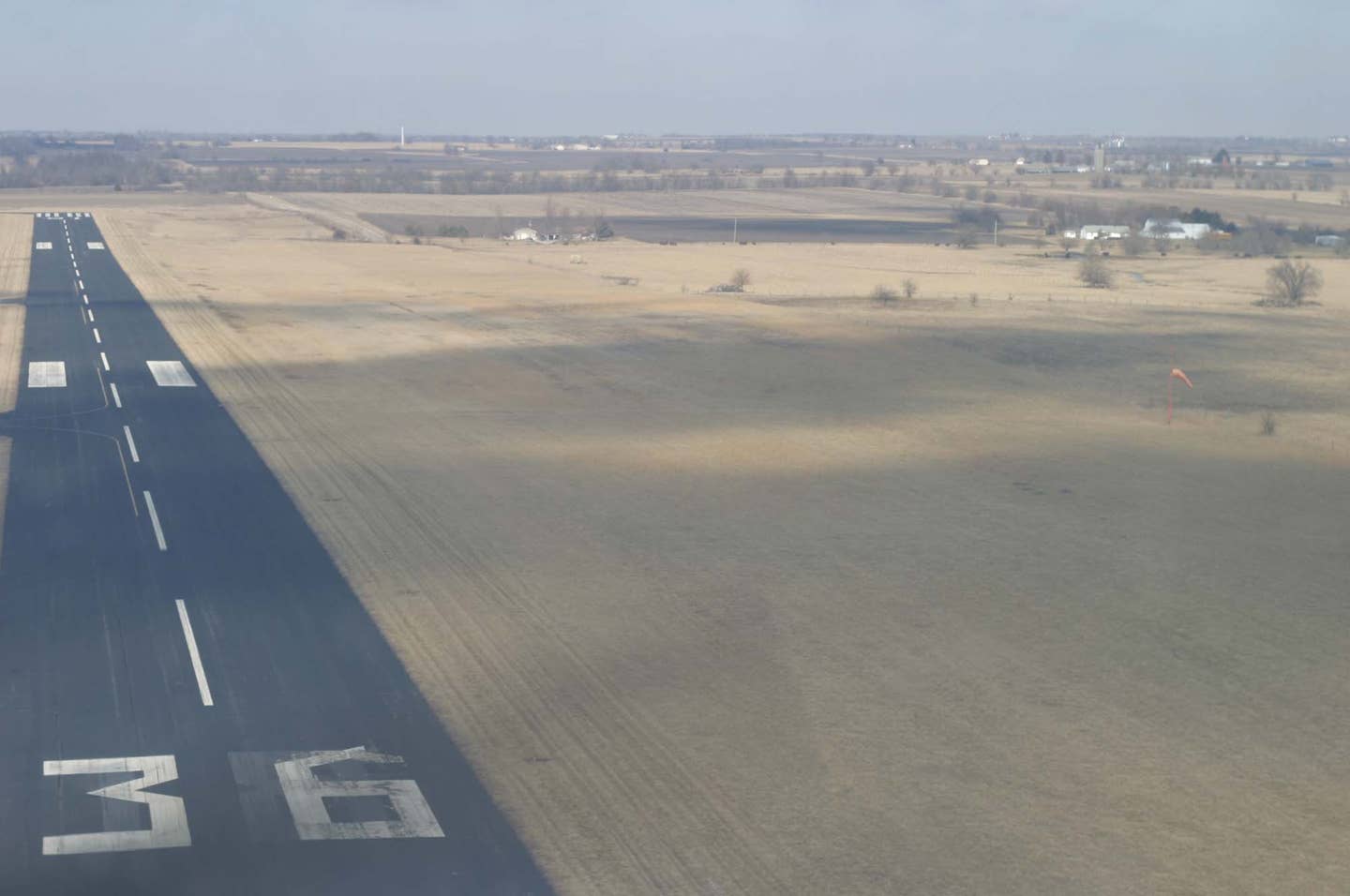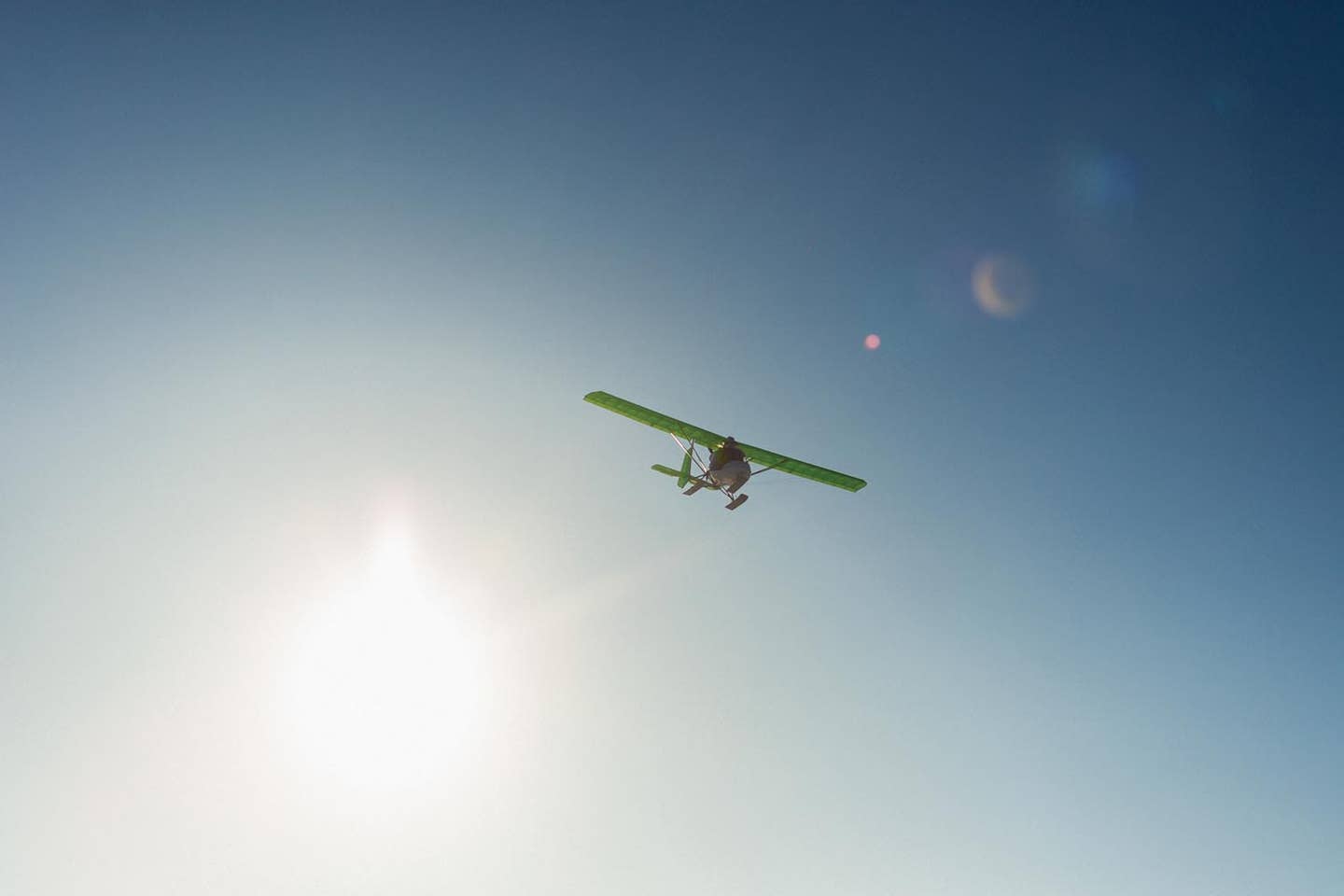
Why do we practice stalls? Is it to perfect the maneuver for the next check ride, learn how to recover the airplane after an inadvertent stall, or just avoid the whole thing in the first place?
If we are honest, it’s a bit of all three, but the last one, stall avoidance, is sometimes underemphasized. Each plane stalls a bit differently. A Piper Warrior may mush and develop a sink rate. The Cessna 172 gives plenty of warning and a nice clean break. Then, there are some older classic planes that give little to no warning and easily snap into a spin. Hmm, the Wright Flyer, anyone?
In each case, exceeding the critical angle of attack, regardless of speed, altitude or configuration, is the cause. So, practicing stalls, slow flight, and spin recoveries (for CFIs) is a vital part of flight training.
In addition to stall recognition and recovery, we should spend a little more time on stall avoidance. The Aircraft Owners and Pilots Association’s (AOPA) Air Safety Institute has published an excellent report titled, “Stall and Spin Accidents: Keep the Wings Flying.” This easy-to-read, 17-page report analyzes the data on stall/spin accidents between 2000 and 2014. It is an easy download and a must-read for all pilots. The analysis paints a sobering picture.
The Air Safety Institute notes that unintentional stalls were implicated in 10 percent of noncommercial accidents, yet resulted in nearly 24 percent of fatalities, the vast majority occurring on VFR days. Most fatalities occurred during takeoff, climb, and go-around rather than the approach to landing. So, what should we make of this? Just maybe that traditional stall training on entry and recovery, while quite valuable, does not adequately prepare pilots to avoid unique situations where an inadvertent stall might occur. Let’s take a look at how the pros train, and then consider our approach to stall and spin training with a focus on prevention.
Initial Buffet
How do you train for stall avoidance in an airplane that you should not stall? The airlines use their high-fidelity flight simulators to great advantage, and when combined with stick shakers, multicrew flight decks, and low-speed and stall-warning systems, the training is excellent. This is good because the dirty little secret of swept wing airplanes is that once in a fully developed stall, they can produce serious sink rates. Not to worry: The airliner you are flying has probably not entered a stall in its entire 20- to 30-year service lifespan.
However, there are some airplanes where the approach to a stall is practiced in flight. The B-52 Stratofortress, or “BUFF,” was designed back in the late 1940s, before these newfangled stick shakers and stall warning devices. However, if you take a close look at the inboard upper wing surface of the B-52, you will see a neat row of vortex generators that correspond to the width of the horizontal stabilizer. These were added to manage the low speed air flow over the wings, stabilizer and elevators.
One benefit of these aerodynamic tweaks is a vibration, or “initial buffet,” that is felt in the seat of the pants and flight controls, about 10-15 knots above stall speed. Without these aerodynamic enhancements, the mighty B-52 might give less reliable warning of a stall.
Instead of practicing a stall, the B-52 instructor will conduct an initial buffet demonstration to show the flight crew what it feels like just prior to an actual stalled condition. As the jet is slowed, the instructor pilot asks the entire flight crew to note the unnatural quiet in the cockpit, the sluggish control and power response, and the buffeting. The initial buffet speed is calculated before the maneuver, so once the buffet is encountered, the pilot adds maximum power, decreases the angle of attack, and recovers, just like in a Cessna 172. However, the real focus of this maneuver is avoiding situations that might place the jet anywhere near stall speed. So back here in general aviation land, let’s take a look at where we might encounter unexpected stall conditions.
Takeoffs
For the record, I really enjoy teaching the approach-to-landing and power-on stalls. However, I wonder if this training reflects the actual conditions leading to an inadvertent stall, especially during takeoff and in the initial climb? According to the AOPA Air Safety Institute (ASI) report, this phase of flight accounts for a quarter of all stall/spin fatalities.
So, what is the critical difference between a practice power-on stall maneuver and an actual after takeoff and initial climb situation? When we train the power-on stall series, we set climb power, increase the pitch angle, and apply back pressure until the stall indication occurs. Since the engine is still producing max power, once we reduce the pitch angle below the critical angle of attack, the stall condition ends.
However, if the engine quits during the initial climb, the situation is quite different. Simply reducing back pressure and pitch will not be enough. A forceful push to pitch the nose down and regain flying speed may be required to prevent a fatal stall/spin condition close to the ground. If the engine does not restart, maintaining the descent and a margin above the critical angle of attack is a better bet than stalling. The late fighter/test pilot Bob Hoover said it best: “Fly the airplane as far into the crash as possible.” Better to pick out the softest spot ahead and fly into it under control than to stall or spin, even close to the ground.
Traffic Patterns
The traffic pattern ranks second on the hit parade of stall/spin accidents. The ASI statistics are a bit better here with about 10 percent of stall/spin accidents occurring in the pattern, 10 percent of which are fatal. So, what is the difference? Both instrument approaches and visual patterns are exercises in shedding excess energy before landing. However, there are still significant hazards, especially in the VFR traffic pattern. Slowing excessively to sequence behind traffic on downwind, turning in too close behind the traffic on final, and the dreaded overshot final turn are the usual suspects. Add to that unexpected distractions inside the cockpit—such as fiddling with the darn GPS when we should be flying, traffic that keeps our eyes outside the windows, and even passengers asking questions at inopportune times—can all distract the pilot. So, how can we build a stall/spin avoidance cushion in the pattern?
First, consider setting a consistent pitch, power, and configuration for each leg of the traffic pattern. Pattern pitch, power, and configuration should always provide an acceptable margin above stall speed, so that if distracted or simply clearing for traffic, the airplane does not get too slow. The 45-degree pattern entry, downwind leg, descending turn to the base leg, the critical turn to final, and short final should each have their own pitch, power, and configuration. Establishing these targets then checking the flight instruments improves airspeed control and provides a cushion for pilot distraction and mistakes.
Second, excessive bank and bottom rudder are not your friends. An overshot final turn, S-turns on final, or 360s for spacing can reduce stall margins. Slowing, increasing the bank angle, and adding bottom rudder to tighten the turn can all be hazardous to your health. If the pattern is just not working out, have a Plan B that does not involve these three killers.
Finally, your Plan B should be briefed before the flight. The five P’s—Prior Planning Prevents Poor Performance—are especially applicable to traffic pattern operations. Setting a baseline for pitch, power, and configuration, and planning ahead to avoid poor spacing are critical. If the conditions are not right for a safe approach and landing, then just go around. An early go-around decision is much better than trying to salvage a broken approach close to the ground. When it’s airplane versus the ground, the ground always wins.
Distractions
If half of all stall and spin accidents occur in the traffic pattern, then the other half occur during climb, cruise, and descent. However, whether you are IFR or VFR, proper aircraft control is a must. Unfortunately, with the advent of busier airspace, more complex ATC procedures, GPS navigation touchscreens that require more head-down time, and a variety of other distractions, it is easy to lose sight of the basics of pitch, power, and airspeed.
Air Force flight students are asked, “What is the first thing you do if an engine is on fire, the hydraulic system is fluctuating, and your copilot is sick?” The answer is simple: First, check your pitch, power, airspeed, and bank angle, and fly the airplane. Then, work the problem. Good advice if something unexpected happens during any phase of flight. No matter the situation, Bernoulli’s principle and Sir Isaac Newton’s laws still control our fate, so the simple act of maintaining positive aircraft control will increase our chances of a favorable outcome.
It’s All About the Angle
In the end, the goal of every pilot should be to maintain a safe margin below the critical angle of attack. As we have all learned from day one, stalls can occur at any speed, altitude, bank, or pitch angle if the critical angle of attack is exceeded. Unfortunately, this all too often occurs when the pilot is low, slow, and not expecting it. Start with power-off and power-on stalls, slow flight, and spin training. The next step is to think through how and where unexpected situations may occur and make a plan to avoid them. Take an objective look at your personal flying habits and minimums and see if you need to prepare better to increase your stall/spin margins. And just fly the aircraft!
This story originally appeared in the March 2024 issue of Plane & Pilot magazine.

Subscribe to Our Newsletter
Get the latest Plane & Pilot Magazine stories delivered directly to your inbox

